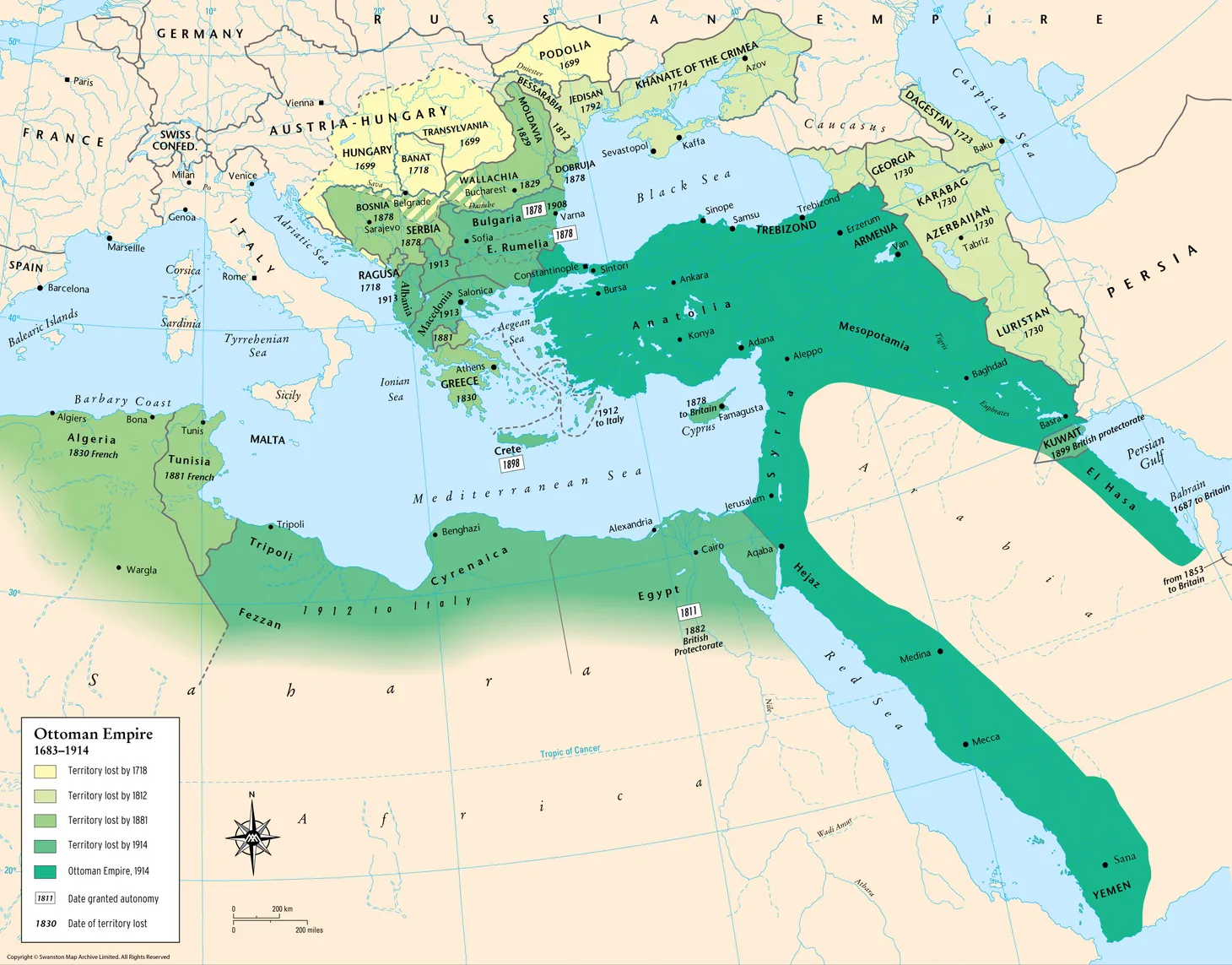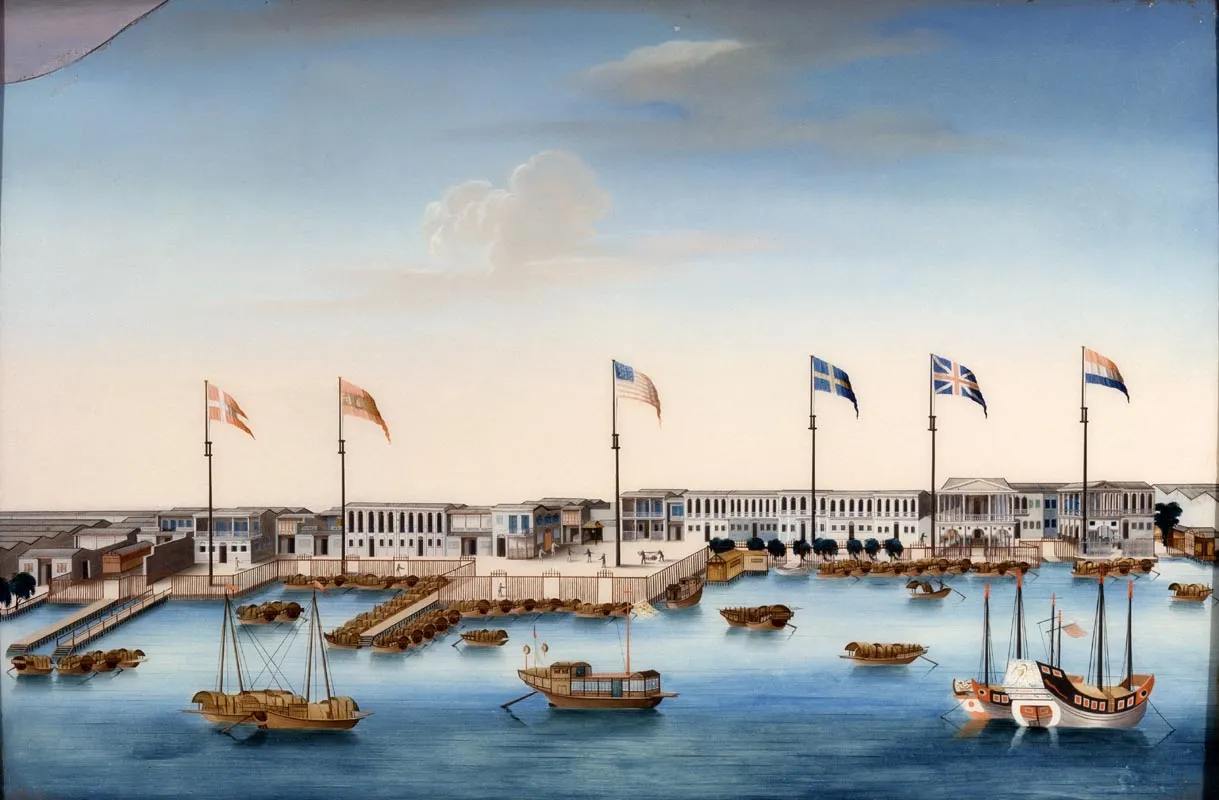AP World Unit 5
Revolutionary Revolutions: Rethinking how we teach the political revolutions between 1750 and 1900
Dear #APworld teachers, if you want a fresh, global approach to teaching revolutions, come check out our #whapchat discussion this week led by @ERBeckman and @bramhubbell - I know I’m spending some time this weekend revamping my lessons! #sschat #worldhistory #historyteacher https://t.co/Av5nMPkyfp — Angela A. Lee (@mrshistorylee)

A Revolutionary Challenge: The Túpac Amaru Rebellion and Rethinking the Atlantic Revolutions
In many world history textbooks, discussion of the Atlantic Revolutions often begins with the background causes, such as the Seven Years’ War and the Enlightenment, that contributed to the outbreak of the Revolutions, and the first revolution discussed is almost always the North American Revolution. While it makes sense to

Healing the Sick Man of Europe
If the Ottoman Empire in the sixteenth and seventeenth centuries was going through a period of transformation, rather than beginning a 400-year decline, it would seem that the Empire, which collapsed in 1922, had to be declining in the eighteenth and nineteenth centuries. While it’s true that the Empire

When the End of Growth is not the Beginning of Decline
If the myth of isolation is one of the main consequences of Eurocentrism for how we think about the history of East Asia, Eurocentric approaches to the history of the Ottoman Empire have encouraged us to begin to see its actual end in 1922 long before it occurred. A quick

Eurocentrism and the Myth of East Asian Isolation
Explores the eurocentric tendency to describe early modern China and Japan as isolationist. Instead of thinking of these states as isolationist, we should view them as simply having a different model of foreign relations.

